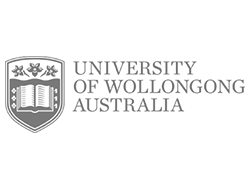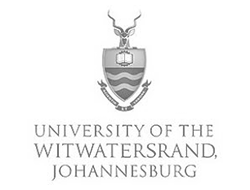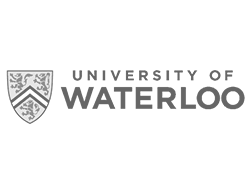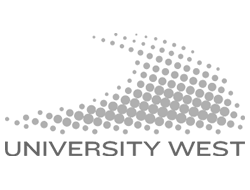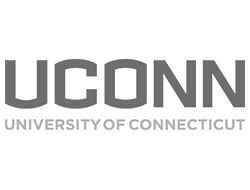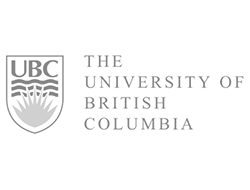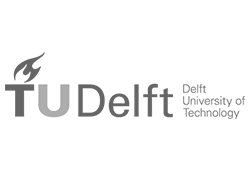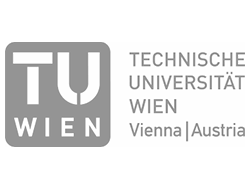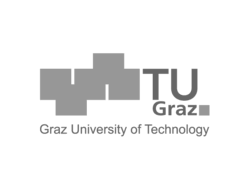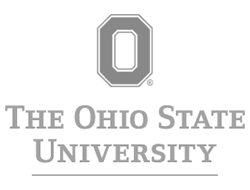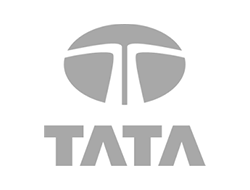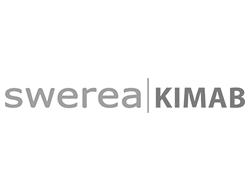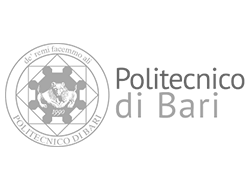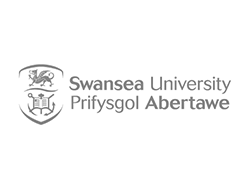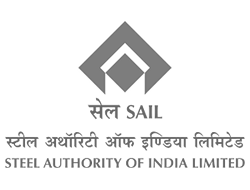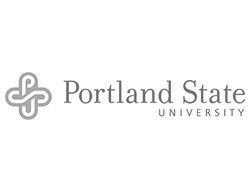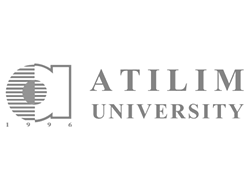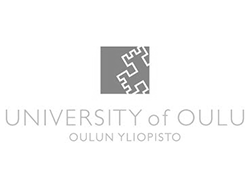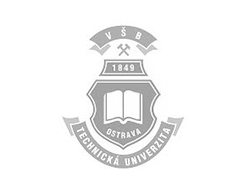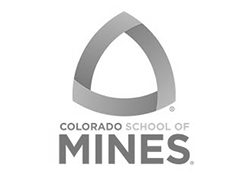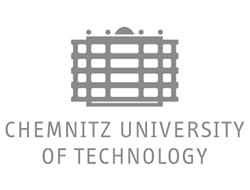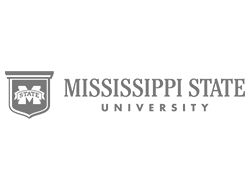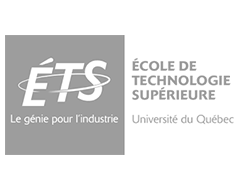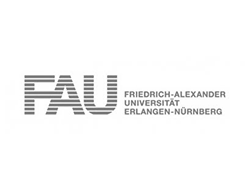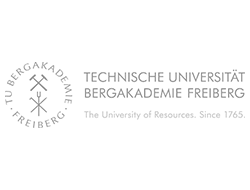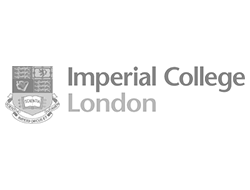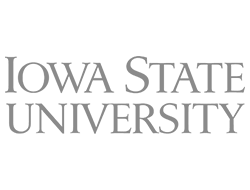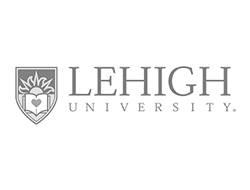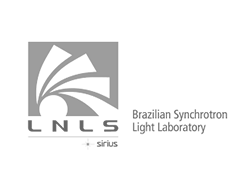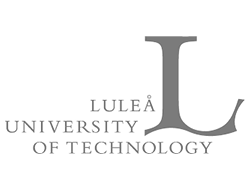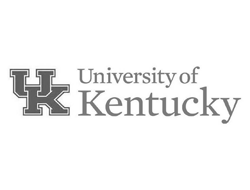Nippon Steel
Nippon Steel is now the world's largest steelmaker, producing some 30 million tons per year and employing about 50,000 workers. As part of its growth, the company pioneered in producing high-strength specialty steels for high-rise buildings. For example, the steel for main framework of the World Trade Center was produced by Nippon Steel.
In 1973, at the start of the first energy crisis, Nippon Steel management was concerned about saving energy and reducing production costs. At that time, Nippon Steel was producing about 80 percent of its steel through ingot casting, using continuous casting to produce the rest. But the company's management realized that, if some of the quality control problems experienced with continuous casting could be overcome, it could offer lower production costs while saving energy.
Dr. Hirowo G. Suzuki, a senior researcher at Nippon Steel, was asked to address the problem. Dr. Suzuki had access to a Gleeble 510 which the company had purchased in 1970. He and his staff set about establishing a method for simulating continuous casting on the Gleeble. They started by melting a small test piece of steel with the Gleeble, cooling it down, and checking to see where cracking occurred.
Using the Gleeble for physical simulation, they were able to optimize the continuous casting process to the extent that now more than 95% of Nippon Steel's production is done through continuous casting. The quality of the steel has improved, and processes are now so well under control that, in many cases, it is possible to do direct rolling of the steel as it comes out of the caster.
Nippon Steel has several Gleeble 1500s which are used to do a number of simulations, including major forging, hot forming, hot rolling, phase transformations, and heat treatment. Other areas of interest include hot pressing, powder metallurgy, and welding.
The Gleeble 1500 in Dr. Suzuki's lab is in use almost everyday. "Even while I am here in the States, the Gleeble is keeping busy," Dr. Suzuki said in an interview at Dynamic Systems headquarters near Troy, NY.
"The Gleeble is a very fast testing system. For example, we could do hot tensile tests with another piece of equipment, but we could perform only 2-3 tests per day. By contrast, we can test more than 15 pieces with the Gleeble. In my opinion, Dynamic Systems is the top company in the design of this kind of test equipment — worldwide."
Dr. Suzuki created his own data acquisition system for the Gleeble before the new data acquisition system for the Gleeble 1500 was introduced. Now, however, he has added the factory-designed version to his Gleeble system.
Engineers at Dynamic Systems are quick to point out that on an ongoing basis Dr. Suzuki has made many contributions to the Gleeble system. These include numerous ideas for the software, many suggestions for improving simulation of continuous casting, and dozens of refinements to hot ductility testing techniques, plus a number of other improvements to the design and functionality of the Gleeble.
Dr. Suzuki is concerned about the future of the steel industry and development of new materials such as carbon fiber ceramics, composites, amorphous metals, shape-memory materials, and high-magnetic materials. He is also concerned with the optimization of hot forging and hot rolling processes, as well as optimizing processing conditions for titanium.
One thing Dr. Suzuki is sure of, however: as long as the material can conduct electricity, the Gleeble will be an important part of his testing program.
This article first appeared in the Gleeble® Newsletter — Spring 1990.



